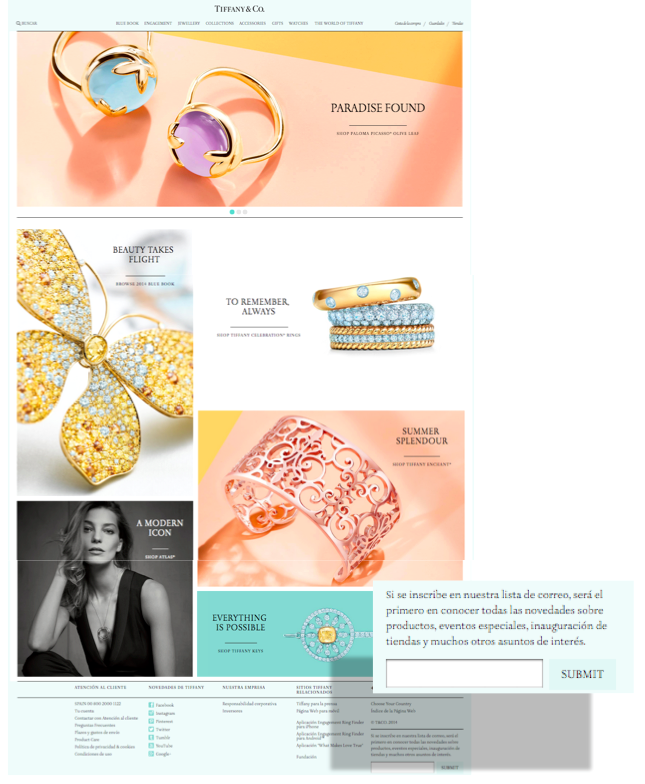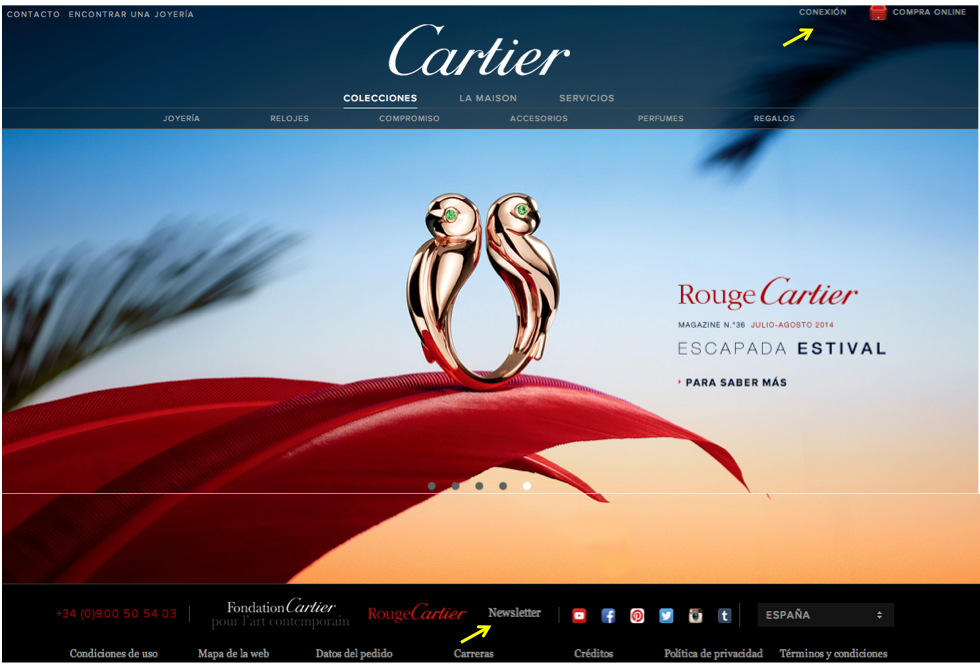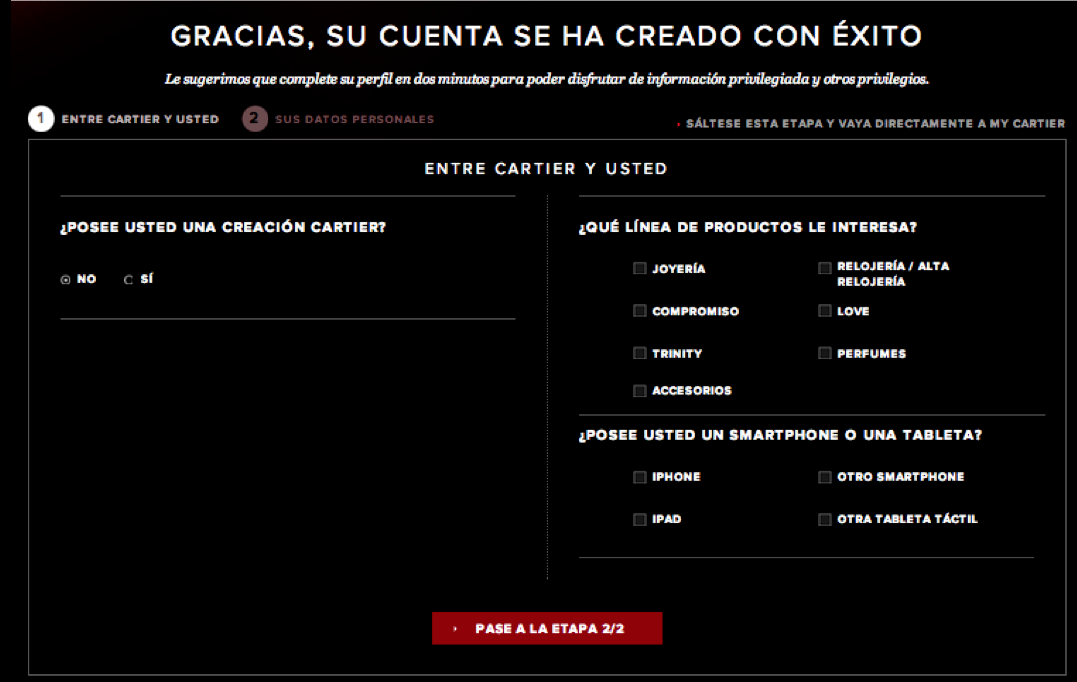Example of email marketing: the case of luxury brands.
We read in the blog luxurydaily.com a post in which Rohit Arora, a consultant with BPG Group, reflected on the 8 keys to luxury brand marketing.
After reading it carefully, we thought it would be interesting to reflect on how theLuxury brands are tackling interactive marketing in general and email marketing in particular.. The article perfectly sets the context in which luxury brands move when it comes to communicating. In a nutshell, this is it:
- Product excellence needs to be complemented by a value-laden "shopping experience" to justify the purchase of the product.
- The pedigree factor linked to the history of the brand and its values comes into play. This will make it possible to give continuity to the brand's positioning in the consumer's mind.
- Luxury brands must know how to manage the scarcity factor and sales outlets so as not to undermine their exclusivity and prestige.

Accepting, with the necessary reservations, that this is the paradigm in which these brands are moving, we can understand why interactive marketing and email marketing in luxury brands is not being exploited to its full potential . Assuming reductionism, but with a desire for synthesis, we could affirm that the essence of luxury marketing is "creating worlds of exclusivity", while that of interactive marketing and email marketing is "cultivating relationships and their profitability".. From this point of view, interactive marketing and luxury marketing are on different levels. In fact, we have the impression that luxury brands' approach to interactive marketing emphasises the enhancement of their attributes and values to the detriment of the relational and profitability elements of the channel.
We believe that luxury brands must find an area in which to reconcile branding and relational orientations without either being penalised but rather enhanced. To illustrate this, consider these two examples:
On the Tifany & Co website, the registration form is not very visible, after registration there is no welcome email and the only data collected is the email address. It seems that Tifani & Co is not too concerned about "getting to know" the user, and therefore, to relate (intellectually, 1 to 1) with him. The "communicational" burden lies in the brand attributes and values.

However, Cartier, another benchmark in the world of luxury, adopts a different approach. There are two login areas for the user to register, one at the top right "login" and the other at the bottom "Newsletter". By clicking on either "login" or "Newsletter" the user is directed to the account creation page. Once the account has been created, the user is directed to a preference center where you can define your product preferences. Once registered, the user receives a confirmation/welcome email.



In the case of Tiffany & Co, it would appear that the brand's desire to keep a certain "distance" from the user. Cartier, however, ventures to "go down to the street" and talk to the user face-to-face. Cartier is a good example of the existence of spaces in which Both orientations, the one that boosts branding and the one that develops relationships, coexist and mutually reinforce each other.